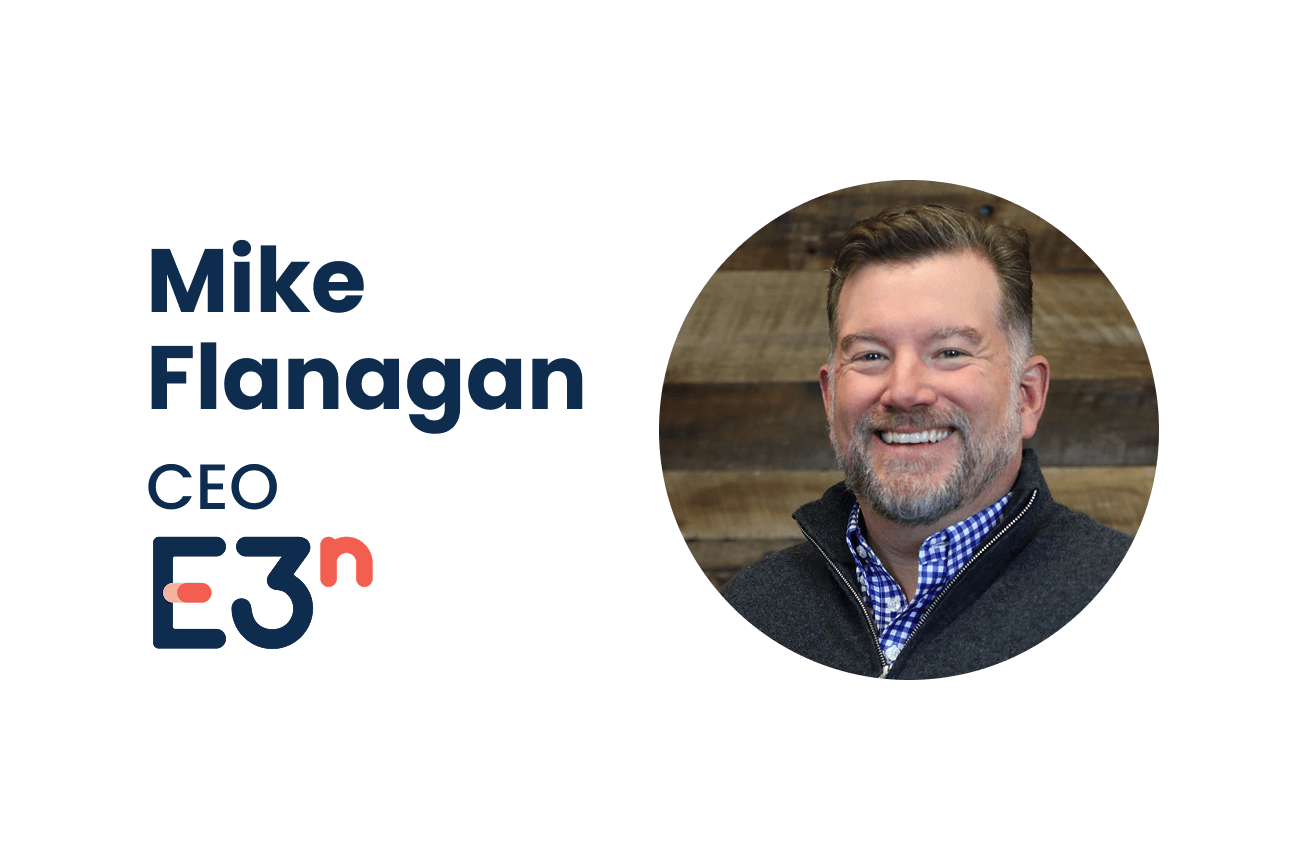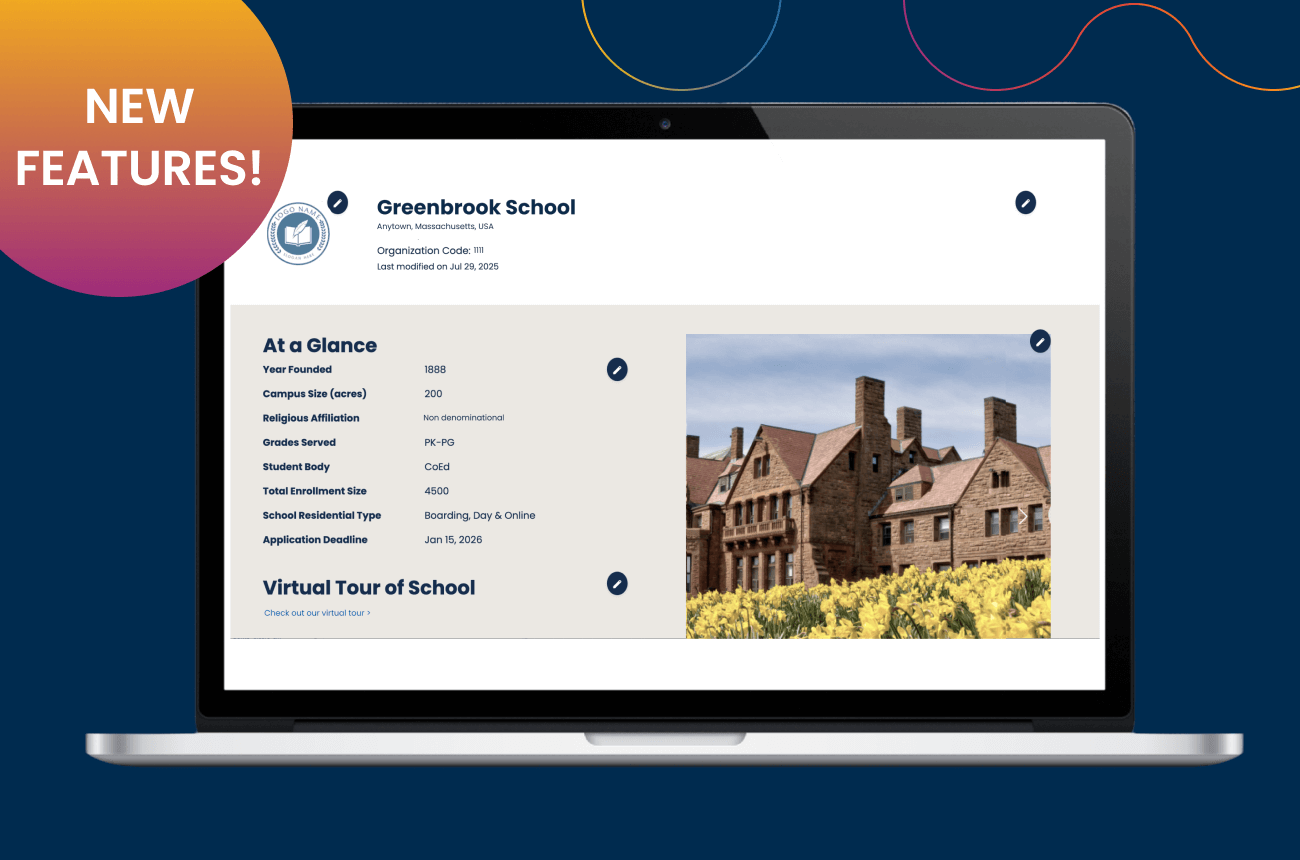Collaboration in Action

There are a number of admission consortia working to raise the profile of independent schools in their respective regions. These consortia, which vary in size and geographic reach, collaborate in a variety of areas to better serve schools, while at the same time promoting and facilitating collaboration among admission professionals.
The Yield sat down with Kathy Mitchell O’Neal, Director of Enrollment Management at University Prep (WA) to learn about how the Puget Sound Independent Schools (PSIS) is making independent school education more accessible to families and about how admission professionals benefit from the affiliation.
Tell us about your background and career path.
I am in my tenth year overseeing admission and financial aid at University Prep. This is my third year as the PSIS steering committee co-chair. I am also a co-founder of the Independent School Fair for People of Color in Seattle, now in its tenth year.
I am a native Seattleite, an independent school alum, and a parent of an independent school graduate. With a B.A. in communications and an M.B.A., I didn’t plan on this as a career; like many admission professionals, I landed in it quite by accident. About 14 years ago, the director of admission at my previous school, Bertschi School (WA), suddenly fell critically ill. I was thrown into the admission office because of the immediate need and my willingness to do whatever was necessary to help during that difficult time.
What is most challenging about the work of admission in your particular market?
There are many independent schools in the Seattle market, and the majority are less than 50 years old. The youth of our schools presents both a challenge and an opportunity. The challenge is that many families are simply not familiar with independent schools and how they differ from parochial or other private schools. By coming together and collaborating on efforts such as common admission dates and forms, shared marketing and outreach, and mentorship for new admission professionals, admission consortia like PSIS capitalize on our strength in numbers.
Tell us about PSIS. When and why was it founded?
PSIS is an admission consortium working to connect prospective families with independent schools in the Puget Sound area. Our mission is to promote the value of local independent school education and work collaboratively to make the admission process more accessible for prospective families.
Admission directors have been meeting annually and collaborating for more than 20 years in our area. However, the need to formalize our group arose several years ago to ensure our collaboration was sustainable, transparent, and inclusive. Without a formal structure, our work consisted of an annual spring meeting to set admission dates, two common teacher evaluation forms, and very limited shared advertising. During those years, most of the work was done by a handful of dedicated admission directors who took it upon themselves to sustain the work. However, this loose structure definitely had its limitations.
Today we organize three school fairs, host a website, and coordinate a variety of shared marketing and advertising efforts to reach our target markets. In addition to a mentor program for new admission professionals, we also offer member schools five common forms, including forms for transcript requests, two teacher evaluations, and student and parent essays. The scope of our work today is possible because we have a formal structure to support it. We do all of this with no employees—those who do the work do so on a volunteer basis.
What are the criteria for PSIS membership?
PSIS membership is open to Puget Sound area schools affiliated with the regional accrediting organization, the Northwest Association of Independent Schools (NWAIS). PSIS member schools must adhere to common admission dates and guidelines. Schools that meet the criteria can register for PSIS membership by completing the PSIS membership agreement, which requires signatures from the head of school and admission director. Annual PSIS membership dues range from $350-$450, based on the school’s enrollment.
PSIS membership benefits include the use of PSIS common admission forms, a 40-50% discount on school fair registration fees, inclusion on the PSIS website and in other marketing materials, voting privileges at the two general meetings, ability to participate in PSIS work groups, and mentorship for new admission professionals.
Describe the group’s governance structure.
The PSIS steering committee consists of 12-14 admission directors, who meet monthly. There are two steering committee co-chairs who are elected by the steering committee for a three-year term. Each steering committee member either co-chairs a work group or is heavily involved in one. The steering committee hosts two general meetings annually on the campus of one of our member schools. The meeting in the fall is for PSIS member school admission directors only, while the meeting in the spring is open to any school considering PSIS membership and other staff from PSIS member schools.
There are four PSIS work groups: marketing, events, forms, and membership/mentorship. Each work group has two co-chairs, one of whom one is a steering committee member. Any staff member at a PSIS school can sign up for a work group. The PSIS steering committee and work groups are similar to an independent school board of trustees and board committees.
PSIS also forms task forces whenever issues arise that require a deeper dive. Last year, a PSIS testing task force investigated the differences between the SSAT and ISEE to better inform our schools and prospective families. This year, a PSIS common dates task force reviewed our current model and investigated alternative models to better understand and meet the needs of member schools when setting common dates.
How do you “pass” or come to agreement on new initiatives or ongoing group decisions? What happens if the group doesn’t agree?
Annual decisions like common dates that require general membership approval must receive a majority vote to pass, while the annual PSIS budget only requires a majority vote from the steering committee. We have not yet encountered a time when majority vote couldn’t be reached. However, in that case, a task force would form to better understand the issue and make recommendations to the general membership for approval.
As you know, The Enrollment Management Association recently published Sizing Up the Competition: Exploring Educational Choice in Today’s Independent School Market. Has the “new competition” affected the Puget Sound market?
My admission peers and I have spent the past few years watching the local developments in the types of educational choices available to families in the Puget Sound region. We now have a handful of charter schools, but also some STEM and magnet schools in the public system, as well as a strong contingent of private schools with and without a religious focus. Our membership is diverse, so it’s hard to define the nature of the competition in the context of so many different schools. It’s really up to each school to assess its competitive challenges and develop a plan to rise to meet them.
As a founding member and current chair, of what are you most proud in terms of PSIS’ accomplishments?
I am most proud of the commitment and dedication of the admission professionals who volunteer to ensure that more students have access to independent school education. Personally, the goal of PSIS to increase access to independent school education serves a greater purpose than just full enrollment at my school.
What do you think independent school heads need to know about regional admission consortia?
When done well, admission consortia advance the value of independent school education, help schools maximize their individual marketing budgets and outreach efforts, simplify the application process for prospective families, expose admission-related trends or issues in real time, and help retain talented admission professionals in our schools.
The work of PSIS simply would not be possible without the support it has received from both heads of school and NWAIS. Four heads of school attended our Independent School Fair for People of Color last month. A head of school and associate head of school served on the PSIS dates task force. Two assistant heads serve on the PSIS steering committee. NWAIS executive director and former head of school Siri Akal Khalsa was the featured speaker at the PSIS general membership meeting last fall.
What is on your agenda for your future work?
This is an exciting time for PSIS. We have an established organization, and the fact that so many schools have become members (and more want to) speaks to the importance and value of this type of collaboration.
There are three primary areas of focus for PSIS in the coming years: increased outreach to families, continued professional development for admission staff, and the strengthening of our partnerships. Our primary goal continues to be connecting families to the many great independent school options available in our region, with the focus of finding the right fit. We believe a strong, collegial consortium can also increase the retention of admission professionals. With this in mind, we plan to further develop our mentorship program and add helpful resources for admission professionals to the PSIS website. Finally, we hope to strengthen our partnerships with organizations like NWAIS and Rainier Scholars to improve the overall experience of families applying to our schools.




